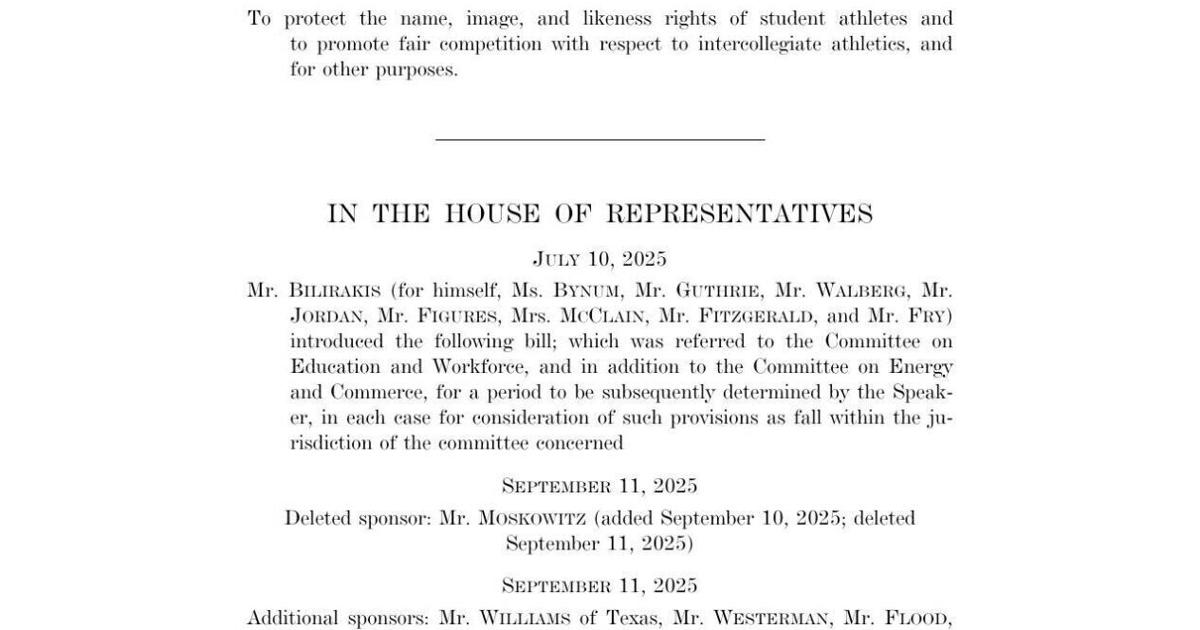Copyright berkshireeagle

OTIS — Story time turned into lap time for a pair of 3-year-olds on Wednesday in the preschool classroom at Farmington River Regional School. While the 4-year-olds were rapt and participating from their places on the mat as teacher Rebecca Hamill read “Same Same but Different,” the two younger children retreated to the lap of paraprofessional Laura Messina. She wrapped her arms around each of them from her seat on the windowsill. The combined pre-k classroom is a first for the school, which serves children in Sandisfield and Otis as it searches for cost savings amid declining enrollment. “Some of them are just not ready to do what the 4-year-olds do,” Messina said. “So the 3’s do the best that they can. And we have to realize that they're just 3." This year 110 students attend Farmington River Regional Elementary School, 14 fewer than last year. The budget went up — from just over $5 million a year ago to $5.4 million in the current fiscal year. Those figures include transportation and tuition for about 100 seventh- to 12th graders last year and about 95 this year who attend schools in Lee and Great Barrington. The local assessments this year are based on a formula the two towns approved this year. Otis will pay $2,452,199 and Sandisfield will pay $1,261,996. Superintendent Timothy Lee calculates overall per pupil expense at $25,791. A declining birth rate in Sandisfield partly explains the drop in enrollment, but declining enrollment is a well documented trend among schools in Berkshire County, leading to attempts to regionalize. In Southern Berkshire, one such effort was rejected by four of eight towns. In Northern Berkshire County, that concept is just beginning to be explored. But regionalization would be challenging for Farmington River for the same reason that the school doesn't attract many students through school choice: the remote location. The school’s largest class is now third grade, with 16 students; the smallest, first grade, has just 11. In the preschool classroom, combining the two age groups meant one fewer staff member at Farmington River, realizing some savings. “It’s kind of like being a mom all over again,” said Messina, whose own children are now in their 20s. “It's really starting from the bottom up,” Messina said. “We do the best we can, and we try to keep the 3s right up with the 4s the best we can without having them get discouraged.” Inevitably, they do, as they watch the 4-year-olds complete tasks with ease that they’re learning for the first time, Messina said. Hamill noted upsides to the combined classroom — particularly the modeling that takes place among 4-year-old students, though she said it took some adjustments for her in her approach. “Kindergarten readiness is a real thing,” she said. “They're writing sentences, they're starting to read. So, the academic push is real. There are certain things that I need to do on top of all of the social, emotional stuff.” The preschool program runs from 8:30 a.m. to 2:30 p.m. daily, though two of the 3-year-olds leave at 11:30 a.m. The superintendent said he’s received repeated feedback from parents of young children that Farmington River needs to provide a more robust aftercare and before-school program, “So that families that have child care needs can have wraparound services.” Farmington River doesn’t offer that yet, but some other school districts do. As Lee looks to the future, he’s not sure what options will arise that might help Farmington River save money. And he points out that as enrollment declines, so will state aid. This year, Farmington River is receiving $751,619 in Chapter 70 state aid, $20,329 more than last year. The aid amount is based on the previous year’s enrollment. But Lee is worried about next year's aid amount based on this year's enrollment. He expects tuition at Lee Middle and High School to run at about $7,800 per pupil. Tuition at Berkshire Hills Regional School District’s W.E.B. DuBois Middle School is $10,109 per pupil and at Monument Mountain High School, it’s $11,142. Both district add on costs for special education. Lee said one option would be to pick just one school district for seventh- to 12th graders in Otis and Sandisfield because it might enhance Farmington River’s bargaining power. At the elementary school, “We can continue to look at staffing, shared staffing opportunities with other school districts, perhaps at the administrative level,” he said. “Some school districts are exploring models of mixed-age classrooms. That's something that might be on the horizon for us as well. But, you know, there's a fixed cost to operating our school district.”



